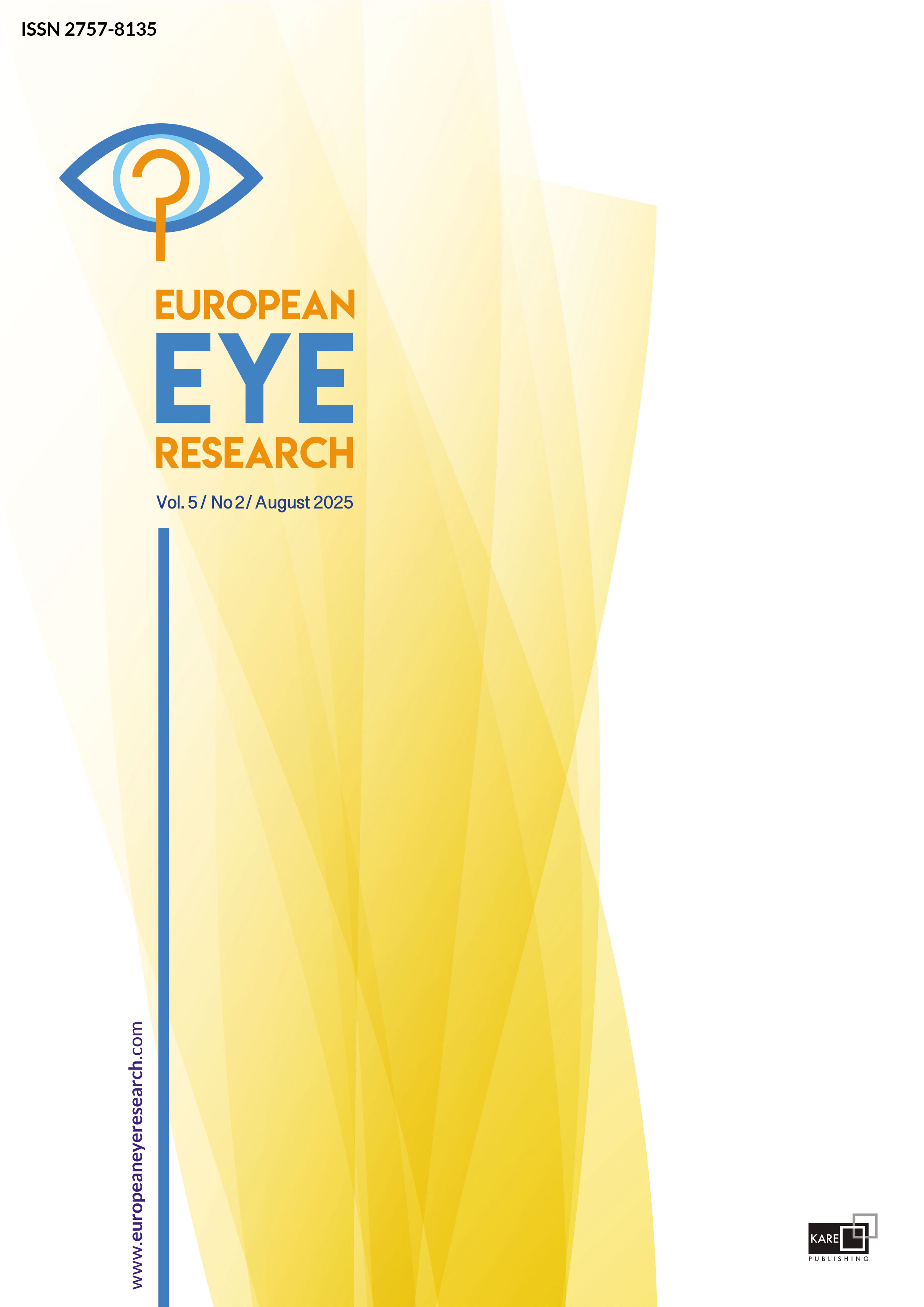

Evaluation of the demographic and neuro-ophthalmologic findings of our patients with non-arteritic ischemic optic neuropathy
Gozde Orman, Gulten Sungur,, Ozlem Candan, Kubra Kucukiba, Nurten Unlu, Ayse BurcuDepartment of Ophthalmology, Ankara Research and Training Hospital, Ankara, TürkiyePURPOSE: The purpose of the study was to evaluate the demographic, etiological, and neuro-ophthalmological characteristics of non-arteritic anterior ischemic optic neuropathy (NAION), with particular emphasis on prognostic factors and treatment outcomes.
METHODS: In this retrospective cross-sectional study, we analyzed 143 eyes of 72 patients diagnosed with NAION between July 2016 and December 2023. Comprehensive ophthalmic examinations in-cluded best-corrected visual acuity, intraocular pressure measurements, visual field testing, and optical coherence tomography (OCT). Patients were stratified into prognostic groups based on final visual outcomes, and multiple variables were analyzed for their predictive value.
RESULTS: This study analyzed 143 eyes of 72 patients diagnosed with NAION. Bilateral involvement was observed in 19.4% of cases, with a mean interval of 27.9 months between sequential eye in-volvement. The cohort demonstrated a mean age of 62.35 years. Analysis of systemic comorbid-ities revealed that 54.1% of patients presented with multiple conditions, with diabetes mellitus (52.7%) and hypertension (50%) being the predominant systemic diseases. Patients exhibited diverse surgical histories. Ophthalmic examination findings included optic disc edema in acute cases, progressing to disc pallor and atrophy in chronic stages. OCT demonstrated significant alterations in retinal nerve fiber layer (RNFL) thickness from the acute to chronic phases. With regard to visual outcomes, 28.4% of cases presented initially with poor visual acuity.
CONCLUSION: This study identifies novel prognostic indicators in NAION, particularly the rate of RNFL thin-ning and the timing of intervention. These findings support the implementation of rapid referral protocols and regular OCT monitoring in acute cases. The significant impact of systemic comorbidities emphasizes the importance of comprehensive vascular risk management in these patients.
Manuscript Language: English



